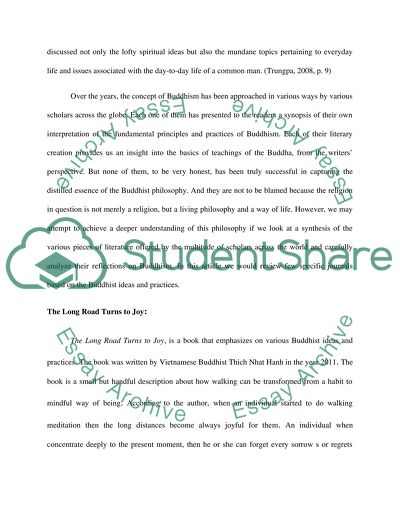Cite this document
(“Buddhist Ideas and Practices 2 Book Report/Review”, n.d.)
Retrieved from https://studentshare.org/religion-and-theology/1489881-buddhist-ideas-and-practices
Retrieved from https://studentshare.org/religion-and-theology/1489881-buddhist-ideas-and-practices
(Buddhist Ideas and Practices 2 Book Report/Review)
https://studentshare.org/religion-and-theology/1489881-buddhist-ideas-and-practices.
https://studentshare.org/religion-and-theology/1489881-buddhist-ideas-and-practices.
“Buddhist Ideas and Practices 2 Book Report/Review”, n.d. https://studentshare.org/religion-and-theology/1489881-buddhist-ideas-and-practices.


